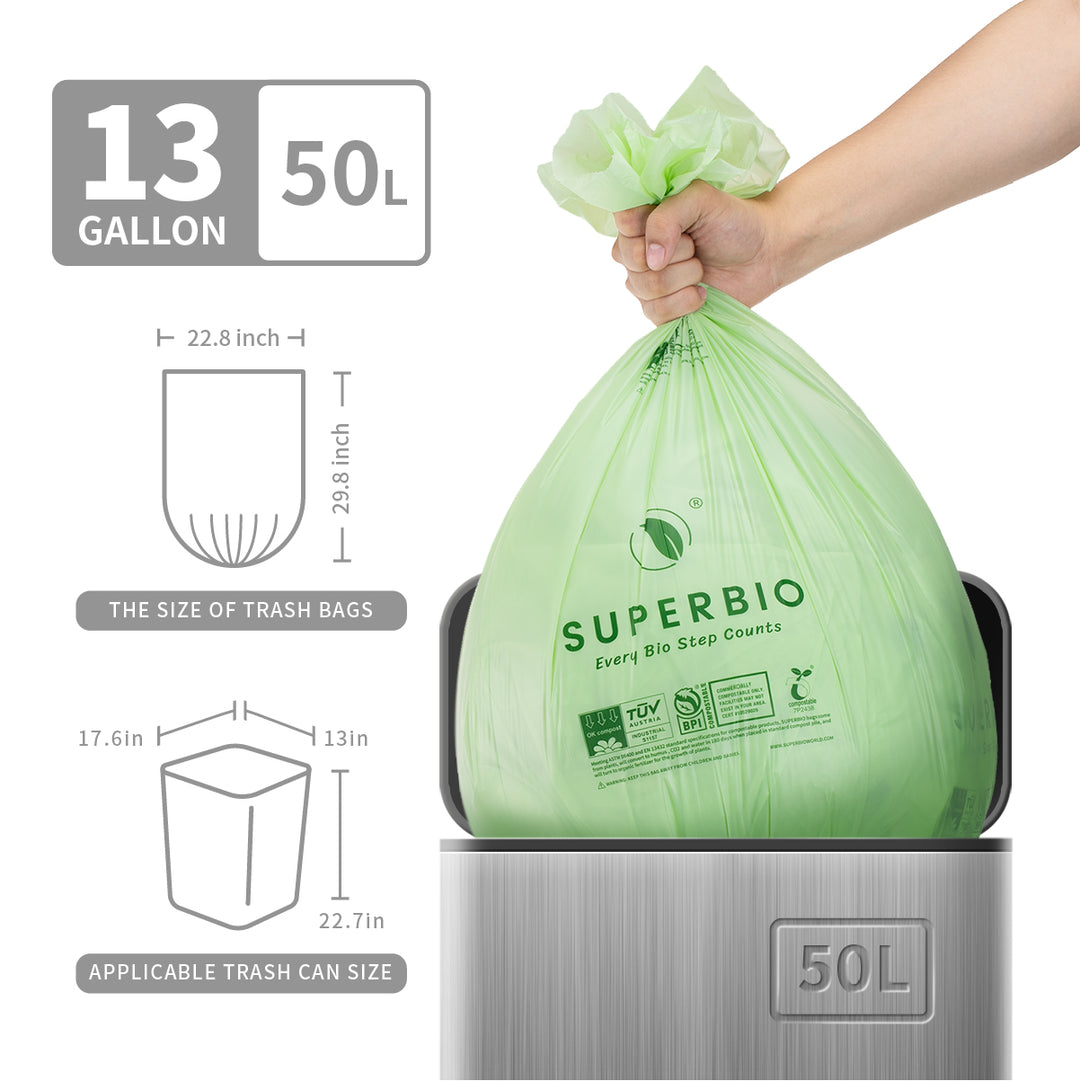California Turns Sunlight Into Water Savings With First Solar Power Generating Canal
California just flipped the switch on its first solar-covered canal. The 1.6-megawatt Project Nexus now spans sections of the Turlock Irrigation District (TID), sending clean electricity to local equipment and the grid while shading precious water.
As Grist reports, the state-funded pilot cost about $20 million and is fully operational.

YouTube / ABC7 News Bay Area
California’s first solar-covered canal is now fully operational.
How It Works — And Why It Matters
Panels stretch over two distinct spans: a 20-foot-wide section energized in March and a wider, roughly 110-foot segment finished in late August. The shade helps cut evaporation and can curb algae — gains that matter in a drought-stressed state.
Cooling from the canal’s microclimate may also lift panel efficiency, according to on-site observations cited by ABC7 News.
TID’s external affairs manager says both sites are commissioned and delivering power to customers, effectively becoming new power plants on the district’s system. Building over existing rights-of-way can also simplify grid interconnections and avoid using farmland, ABC7 News reports.

YouTube / ABC7 News Bay Area
The project produces 1.6 megawatts of clean energy.
A Big Idea With Measured Steps
California is not first to cover canals in the U.S. The Gila River Indian Community in Arizona began producing power from canal-top arrays in 2024, with additional projects advancing there, the Society of Environmental Journalists reports. UC Merced researchers are now gathering data at Project Nexus to quantify water, energy, and water-quality impacts — a key step from promise to proof, according to PBS NewsHour.
A UC Merced analysis suggests that covering California’s 4,000 miles of canals could save about 63 billion gallons of water and generate roughly 13 gigawatts — enough to supply Los Angeles for much of the year — though those figures remain projections pending field results.
The Opportunity — And The Friction
Canal-top solar isn’t simple. Elevating structures increases complexity and cost, and some utilities have balked after comparing them with conventional ground-mounted arrays, Grist reports. Lessons from early projects abroad show that design and maintenance access matter.
Even so, the pilot’s co-benefits are drawing global attention. Visitors from Europe, Asia, and South America have toured the Turlock sites, according to ABC7 News. If the data confirm the early promise, California’s canals could double as clean-energy corridors at scale.





























































































































































































































































































































































